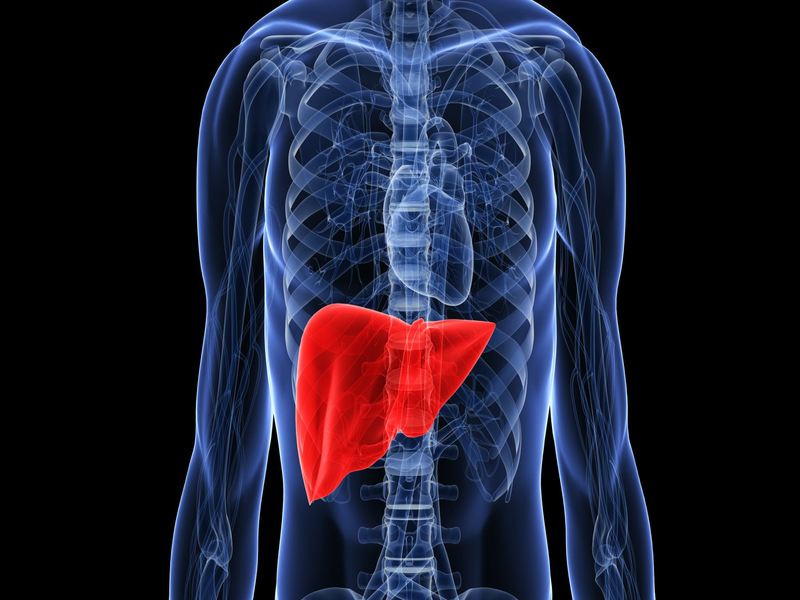Malignant tumors can be found in the liver, as well as non-malignant lesions such as cysts (often hydatid cysts), hemangiomas, focal nodular hyperplasia, adenomas, hamartomas, abscesses, and hemangiomas. Liver cancer, gallbladder cancer, and biliary tract cancer are primary tumors of the liver. However, a significant proportion of liver tumors consists of metastatic tumors from other organs. The most common origins of metastatic tumors are the colon and the rectum. Cancers developing in many other organs also metastasize to the liver.
The excision of the tumor lobe or segment is the primary treatment for liver tumors (resection). This is also the case for a significant proportion of metastases. It is now possible to resect several metastatic cancers for which surgery was not previously considered. The key considerations in resection are whether it is technically feasible to remove the tumor and whether the remaining liver is sufficient for the patient. A meticulous, detailed multidisciplinary examination and experience are especially important in making this decision. In cases where the remaining liver is not enough, there are also techniques to enlarge the remaining liver. The application of these techniques also requires skill and experience.
The liver has complicated anatomy. It is one of the most blood-rich organs of the body. Liver diseases are usually complicated diseases. This situation also causes liver surgery to be complicated. Complications during and following surgery are possible, particularly bleeding. With rigorous preoperative planning, a skilled surgical team, appropriate surgical technique, and excellent postoperative care, these complications can be minimized.



